Security Is the New Credit Score And Most Software Teams Are Flying Blind
If a customer, investor, or auditor asked you today how secure your software is — could you prove it?
That moment is coming. And for many fast-moving teams, the answer is: not really.
In a world where speed, agility, and AI-assisted development are driving record release velocity, security visibility has not kept up. But that’s changing — fast.
The best analogy? Security is becoming the new credit score. And you’re already being judged on it.
JPMorgan Chase Just Raised the Bar for Every Tech Vendor
In a recent open letter to suppliers, JPMorgan Chase made its expectations clear:
“We expect our suppliers to adopt a security-by-design approach to minimize risks
in software development and maintenance.”
Translation?
If you’re building or selling software — no matter your size — your internal security practices are now part of someone else’s risk strategy.
Enterprise buyers, regulated customers, and due diligence teams aren’t just looking for features. They want proof of how securely you’re building what you ship.
The Reality: Most Software Teams Don’t Know Their Risk
Here’s what the data says:
- 83% of organizations knowingly release software with vulnerabilities (GitLab DevSecOps Report)
- Over 50% of breaches are tied to software supply chain issues (Verizon DBIR)
- 76% of buyers say a vendor’s security posture influences purchasing decision (Gartner research)
Meanwhile, developer teams are shipping faster than ever — often with little alignment to security or compliance teams, let alone consistent risk data across tools.
Secure-by-Design Isn’t Optional Anymore
The Secure-by-Design movement — championed by CISA, JPMorgan, and forward-thinking software teams — flips the old model.
Instead of bolting security onto the end of development, you embed it from the start.
But here’s the thing: Even if you’re building securely…You still need a way to prove it.
That’s Why We Built the Verified Trust Score
The Start Left Trust Score is a new way to measure your software security posture — without the long setup, vendor bloat, or spreadsheet audits.
It’s a fast, consultative experience where we work with your team to:
- Identify security gaps across teams, tools, and pipelines
- Benchmark your maturity across key Secure-by-Design pillars
- Generate a shareable report for internal reviews, client QBRs, or compliance prep
- Deliver actionable insights you can use now — whether you work with us or not
No fluff. Just real, mapped visibility in under 30 minutes. Learn more
Real Teams Are Already Using It
One of our earliest users — a dev team at a PE-backed SaaS company — thought they were in great shape for SOC 2.Until we ran their Trust Score.
Within the hour, we uncovered:
- A rogue pipeline bypassing policy enforcement
- Several teams pushing updates without security validation
- A lack of documented Secure-by-Design proof across key releases
The Trust Score became their pre-audit playbook — and helped them avoid weeks of fire drills.
For a Limited Time, You Can Try It — Free
We’re scaling fast, and as part of our growth phase, we’re offering a limited number of free Trust Score consults to qualified teams.
It’s our way of showing the value of the Start Left platform — and helping companies like yours get ahead of rising buyer and regulatory pressure.
There’s no catch. No commitment. Just clarity. Learn more
Book Your Trust Score Review
If you're:
- Building software for regulated or enterprise markets
- Preparing for a security audit or compliance milestone
- Selling into customers asking hard questions about dev practices
- Leading security or product and want better visibility
Let’s get your score on the board.Schedule a quick consult to get your Trust Score (Limited slots weekly — we’ll walk you through it live.)
SHARE!
More Resources















